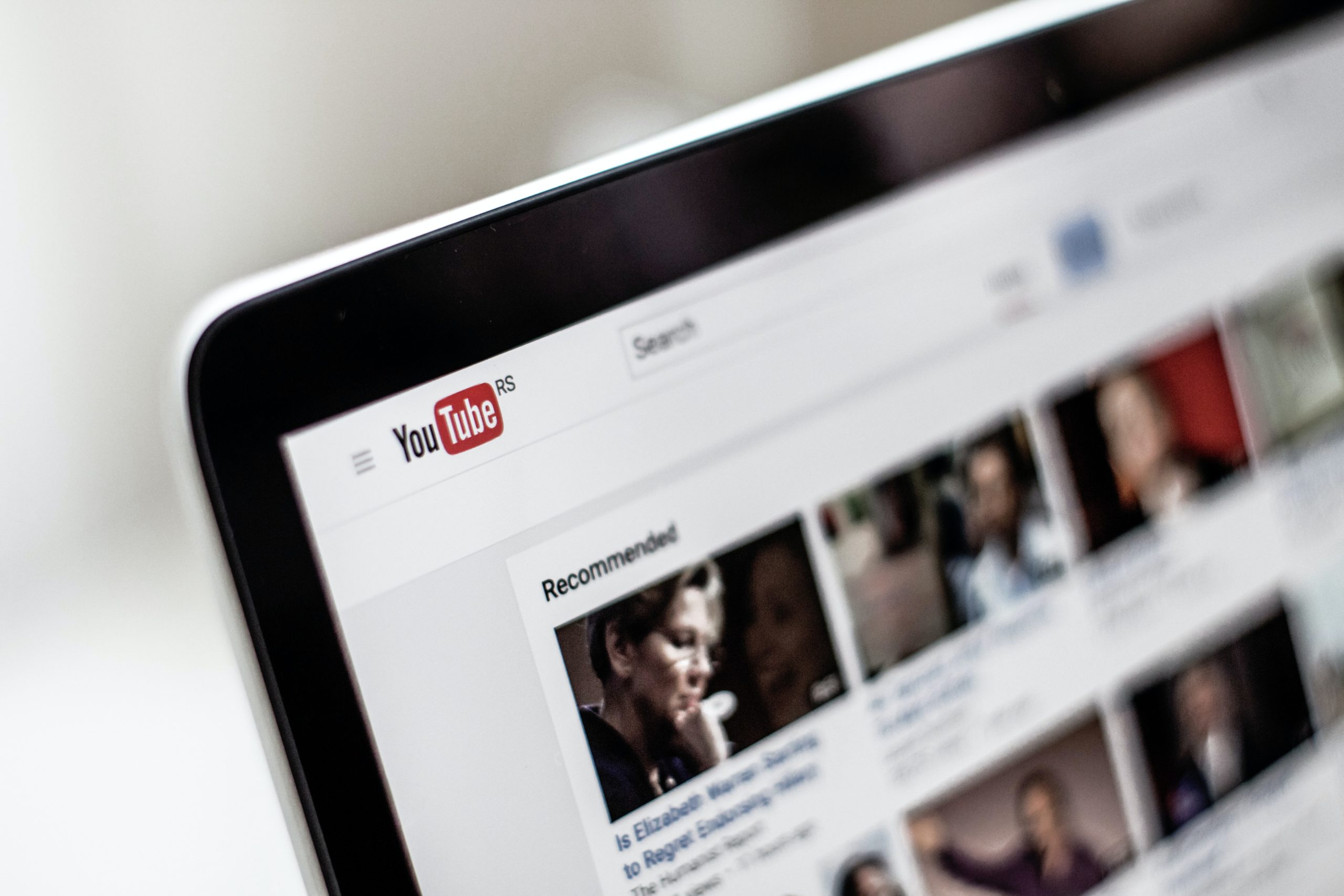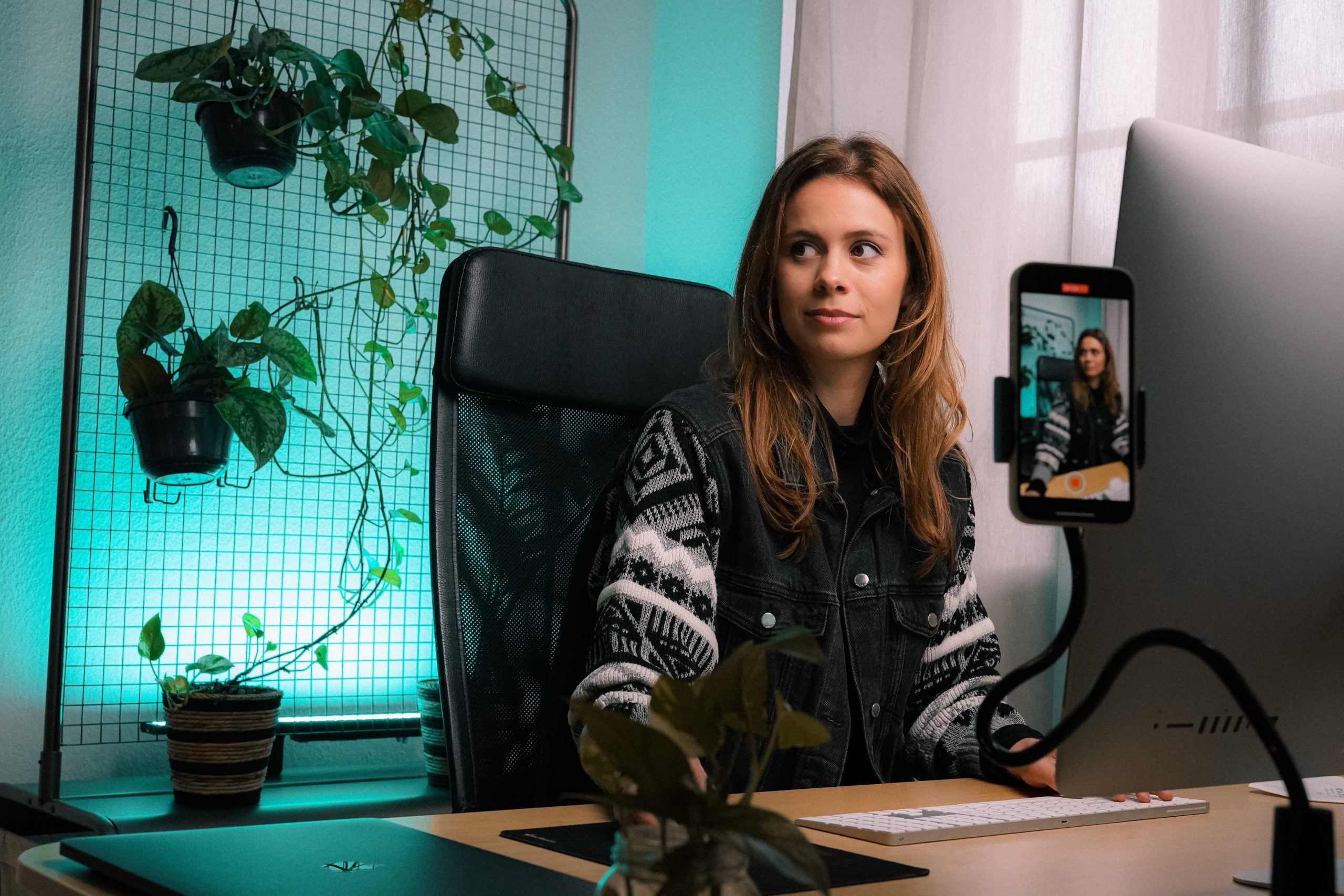
What is YouTube optimisation?
If you want to monetise your YouTube channel, it’s time to think about YouTube optimisation.
YouTube optimisation is a series of steps to help you increase visibility in search results, boost views and build your subscriber base.
There are a few ways that your channel can be monetised, but before that happens, you’ll need to amass 1,000+ subscribers and generate over 4,000 watch hours over a 12 month period.
Whatever your content is and whoever it is targeted for, YouTube has a vested interest in keeping viewers on their platform, so the more views you get they’ll reward you with more visibility. This positive cycle can help you get more ads seen, secure more partnerships and sponsored content and thus get more money in the bank.
It sounds easy, but standing out against the noise of YouTube videos can be really hard. In 2021 approximately 500 hours of video are uploaded to YouTube every minute – meaning that 720,000 hours of video are uploaded every day.
So, we need to work carefully to cut through the clutter and maximise your channel. This can be achieved by improving YouTube SEO.

Let’s kick off with:
YouTube Keyword Ranking
YouTube SEO is the process of optimising your videos to rank high in YouTube search results for a given query. Videos are ranked in terms of how well the title, description and video content matches the viewer’s search query. This is called keyword ranking. Without keywords, videos will not appear in search results.
For great YouTube optimisation, it’s helpful to try and make sure that the title of the video directly relates to what your target audience are searching for. YouTube is essentially a search engine, and you want to give your video the best possible chance of appearing in the search results for your given query.
You’ll notice a ton of videos on YouTube include “how to…” in the title. That’s because users often turn to YouTube to find an explainer video.
If you need some help with identifying and narrowing down your keywords, there are YouTube keyword ranking tools that you can use. These tools can also help you find long-tail keywords, which have lower rank volumes. Here’s a quick explanation:
Let’s say you want to rank for “how to make cookies”. In the UK (according to ranking tool Ubersuggest) “how to make cookies” has a high search volume of over 40,000 per month, making it a very competitive keyword to rank for. But, “how to make cookies easy” and “how to make cookies from scratch” reached 1,900 searches. Ranking higher for more specific queries might be the best approach for your channel. Doing your research into keywords might help give you an idea of what will work best for your content.
In the YouTube studio, you can see the average view duration for all of the keywords you rank for. If a certain keyword produces a high average view duration, then you’re onto something here! You can find this by going: Beta Studio > Select your video > analytics > reach viewers tab > Traffic source: YouTube search.
On-Page Video YouTube Optimisation
This is all about:
- Title
- Description
- Tags
- Thumbnail
Some tips to achieve this:
- Include keywords in the title of your video.
- Keep your titles concise (approx. 60 characters).
- Write searchable descriptions including your keywords and related keywords.
- Find related keywords by checking competitors descriptions and incorporate those.
- Longer video descriptions tend to rank better than videos with short or no description, but be careful not to shoehorn keywords.
- Use tags! They give context to your video and help you appear in search results. You can also use tools like VidIQ or TubeBuddy to see the tags for competing videos and add them to your video.
High Retention Video
By looking at the analytics of your YouTube channel, you can see what the average view duration is for your videos. This might give you a sense of how long your viewers engage with your content, and this may help to inform how long your videos should be.
Changing the length of your videos may help give you a sense of what your optimum video duration is. For instance, doing 5, 10, 12, 15, 20, 25 and 30min videos and assessing what retention times you get.
The opening is essential for keeping your audience engaged and understanding what to expect from the rest of the video. Hook them in with a brief summary of what the video is about, and reminding them to subscribe, like and share.
Let’s be honest, having high quality videos with fantastic sound quality will also help to retain viewers.
Cut between a variety of shots will help to keep the audience engaged with the video too, as well as titles, pop up text and animations – after all, YouTube is here for entertainment.
In-Video YouTube Optimisation
There are things you can do once your video to enhance user experience.
Closed Captions
Firstly, YouTube reads closed captions (CC) to better understand the context of your video.
YouTube does this for you, but often the transcripts can be incorrect. So we encourage adding subtitles to your videos manually by selecting the Subtitles/CC tab in your Videos page by selecting either upload a file, transcribe and auto-synch or create new subtitles.
Cards
At any point in your video you can add a card, prompting the viewer to do something – such as:
- Subscribe
- Watch another video
- Visit a link
Adding cards at different timestamps help to capture those viewers who do not make it to the end of the video!
In the Analytics tab, find what video you want to optimise and select “audience retention”. This feature can help you decipher what parts of the video are the most watched, whether or not there are any strong drop-off points, and try to analyse why people are leaving. If you spot a key drop-off point, adding a YouTube card could be an option to try to retain viewers.
End Screens
If you’ve ever watched a YouTube video to the end, the chances are you’ll have seen an end screen where the content creator invites you to subscribe and watch more content. This is a great for YouTube optimisation, as it helps to keep viewers engaged with more of your content.
An end screen typically includes:
- Subscribe button
- Link to a second and third video from your channel
YouTube optimisation when publishing video
When to post
Use analytics to see what time of day your viewers are watching your video and try to upload around the average time to maximise results.
Like Follow Share
The more viewers like and comment on videos, the higher they will rank in YouTube search reults. Encouraging audiences to share thoughts, hit like and comment, could be a way to help build video rank – and thus achieve more views.
Respond
In the first week since a video goes live, if users comment on your video, respond! This could just be with the heart emoji if the feedback is positive. This helps to validate your viewers and show that you appreciate their thoughts and support.
Playlists
Using series playlists helps YouTube understand which videos should be suggested next. This is important because it increases your channel’s chance of claiming the “up next” spot.
Featured video
You can add a “featured” video as a trailer for your channel. We recommend this being the channel’s most popular video (striking a good balance between video retention rate and how many subscribers that video has afforded you).
Instagram Teasers
Promoting the latest videos on Instagram (and other social media) and encouraging audiences to check them out YouTube could be a helpful way to grow a subscriber base. However it’s good to be mindful that Instagram audiences are different. So for every 4 posts, you can post one promoting the YouTube channel.
Collaborate with others
Collaborating with other YouTuber influencers is another way to introduce your channel to a wider audience.
Collaborating with other content creators can come in many forms, such as:
Traditional collaborations: film a joint video together
Guest appearances: show up in another person’s video
Idea collaboration: where the idea is agreed upon but you each create different videos
Simple mentions: where you agree to call out each other’s channels
Cross-channel promotion can also help build subscribers, but also introduce your channel to content creators so you feel part of a community and stay positive and passionate about your YouTube journey.
Following these YouTube optimisation tips will hopefully help your channel build a subscriber base that makes it possible for you to start earning money from your channel!
Keep reading for: How to go about monetising your channel

How to monetise your YouTube channel
Once you’ve reached 1,000 subscribers and generated 4,000 watch hours, your channel will become eligible for the YouTube Partner Programme – meaning that you can start to monetise the channel.
Signing up to YouTube Partner Programme and creating an AdSense accounts means that you’ll be able to add Ads to your video content.
These ads are filtered by Google and how much money a creator earns depends on the video’s watch time, length, video type, and viewer demographics. But please note, channels aren’t paid for skipped ads!
Advertising revenue
Types of ads include:
Skippable video ads,
Non-skippable video ads
Short 6 second bumper ads
Overlay ads
On average, videos that receive 100,000 views can make somewhere in the region of £500-1,000 in Ads. Videos that reach 1 million views can make between £2,000 – £8,000. The amount varies per video, but on the whole, the more popular the video the more money it will make.
The more ads that are enabled (banner, pre-roll and mid-roll) the more it can boost earnings. But it’s good to remember, the more ads there are, the cheaper the brand looks.
Merch shelf Revenue
The YouTube merch shelf is available once the channel has more than 10,000 subscribers. The shelf is run by e-commerce platform Teespring and can have 12 products on sale at a time. The channel will get to keep all profits from each sale and has control over how much they market the merch for.
Channel membership Revenue
Once your channel reaches more than 30,000 subscribers, you can choose to have your content accessible via membership only.
YouTube Premium Revenue
This is essentially a royalty payment when a YouTube Premium member signs up to your channel, which is automatically credited when paying YouTube members sign up to your channel.
Brand partnerships
Finally, seeking brand partnerships can be a great way to monetise your channel. If anything, this is probably where you’ll see the most financial reward for your hard work.
If you’ve got the budget, hiring a social media manager could help you secure a number of brand partnerships and sponsored content posts. They might take a commission, but it’s worth it in terms of accessing the right brands for your channel.
Alternatively, creating a media pack for your channel that outlines who you are and what your channel is about, is another way to go about securing sponsored content packages without breaking the bank. Pitching to relevant brands about how your channel can help you to reach their target audience may help land you with free merch to promote or a video sponsor.
We hope some of these tips and tricks help you on your YouTube optimisation journey and path to monetising your channel.
Good luck!
Want to talk about how Bold Content can help you build your YouTube channel? We’re here to help.
